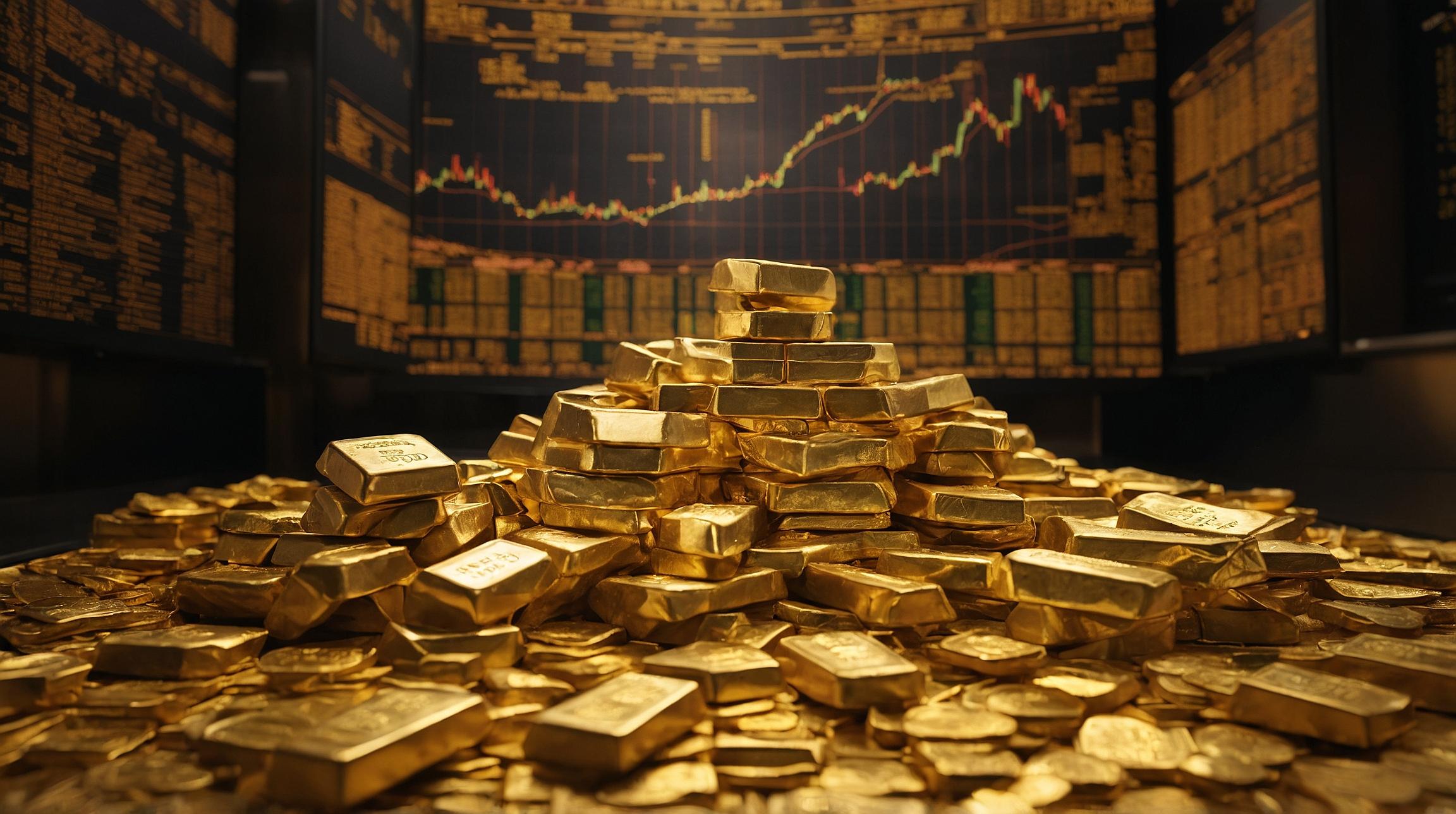Asian Markets Take a Breather
Asian shares took a pause on Monday following a strong performance in global equities last week, driven by hopes of a US economic recovery and potential interest rate cuts. Last week's rally saw the MSCI’s broadest index of Asia-Pacific shares outside Japan climb by 2.8%, and while it inched up another 0.2% on Monday, shares slipped 0.4% after a significant surge of nearly 9% last week.
Gold Prices Surge Amid Lower Borrowing Cost Expectations
The anticipation of lower borrowing costs has buoyed gold prices, pushing them above $2,500 an ounce for the first time. This surge comes as both the safe-haven dollar and bond markets weakened, reflecting a recovering risk appetite among investors.
Example Explained
- Borrowing costs refer to the interest rates set by central banks. Lower rates generally make it cheaper for businesses and consumers to borrow money, stimulating economic activity.
Fed Officials Signal Possible Rate Cuts
Over the weekend, Federal Reserve officials, including Mary Daly and Austan Goolsbee, hinted at potential easing of monetary policy in September. This dovish sentiment is expected to be reinforced by upcoming economic reports.
Fed Chair Jerome Powell is scheduled to provide further insights in a speech this Friday at Jackson Hole, where investors are hopeful for additional indications of a rate cut.
Example Explained
- A dovish outlook in monetary policy suggests that the central bank favors lower interest rates to stimulate economic growth.
Currency and Commodity Market Dynamics
In the currency markets, the euro held steady at $1.1025, close to last week's peak, while the dollar was at 147.79 yen, down from its recent high. A weaker dollar, alongside lower bond yields, supported gold's price stability at $2,506 an ounce.
Example Explained
- Bond yields are the return investors get from holding government bonds. Lower yields typically mean lower interest rates, which can lead to a depreciating currency value.
Oil Prices and Demand Concerns
In contrast, oil prices faced downward pressure due to ongoing concerns about Chinese demand, affecting market sentiment. Brent crude oil fell to $79.39 a barrel, with West Texas Intermediate dropping to $76.38 per barrel.
These movements in the markets highlight the intricate balance between economic trends, investment strategies, and the global financial landscape, influenced heavily by central bank policies and international economic indicators.













